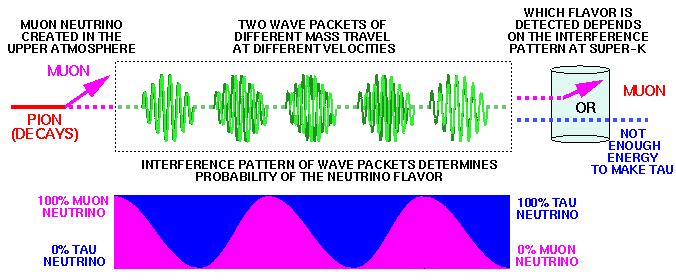

The analysis of the most recent solar neutrino data in the light of the resonant spin flip flavour conversion of neutrinos in the Sun suggests the existence of two possible solutions for the solar neutrino problem, one of them associated with a neutrino flavour mass square difference of the order of 10−8 eV2 and the other of the order of 10−5eV2. One way to solve the solar neutrino problem is to lower the central temperature of the Sun by a few percent. PACS numbers: 14.60.Pq, 96.60.Kx Typeset using REVTEX 2 Most of the analyses of the neutrino oscillation hypothesis assume that this phenomenon. New constraints on neutrino oscillations in vacuum as a possible solution of the solar neutrino problem. We present an updated global analysis of two-flavor MSW solutions to the solar neutrino problem. It is shown that the comparison of the results of the chlorine and lithium detectors can give valuable information for the solution of the solar neutrino problem. The decay of a massive neutrino mixed with the electron neutrino results in the depletion of the solar neutrino flux. Solar neutrino problem is an astrophysics' long time problem, in which the amount of observed neutrinos by the scientists from the sun are less than what they expected. In particular, reliable new data from both gallium detectors, GALLEX and SAGE, now exists. The electrons produced in charged-current reactions emit Cerenkov. CiteSeerX - Document Details (Isaac Councill, Lee Giles, Pradeep Teregowda): The first KamLAND results are in a very good agreement with the predictions made on the basis of the solar neutrino data and the LMA realization of the MSW mechanism.

There are a number of ways to lower the central solar temperature. We re-examine solutions to the solar neutrino oscillations, decaying neutrinos and a cooler center of the sun. We find that FCNI and FDNI with matter in the Sun as well as in the Earth provide a good fit not only to the total rate measured by all solar neutrino experiments but also to the. The Solar Neutrino Problem refers to the problem that we were only detecting 1/3 of the neutrinos we were expecting from the Sun. What was the solution to this problem? A short summary of this paper. 1 Towards the Solution of the Solar Neutrino Problem A.
#THE SOLUTION TO THE SOLAR NEUTRINO PROBLEM WAS PDF#
PDF | On Jan 1, 2021, Ardeshir Irani published Solving the Solar Neutrino Problem | Find, read and cite all the research you need on ResearchGate The solar neutrino problem concerned a large discrepancy between the flux of solar neutrinos as predicted from the Sun's luminosity and as measured directly. (Nuclei are positive and thus repel each other.) Comparison of the results from the Kamiokande neutrino-electron scattering experiment with those from the chlorine experiment and with solar models shows that the explanation of the solar-neutrino problem probably requires physics beyond the standard electroweak model with zero neutrino masses. Main Content Metrics Author & Article Info. For other solutions of the solar neutrino problem one expected R KL = 0.9 -1, where the deviation from 1 can be due to the effect of nonzero 1-3 mixing. We discuss various aspects of the solar neutrino spectrum distortion and time variations of fluxes. Solving the Solar Neutrino Problem: Test of Neutrino Flavor Change & Test of Solar Models 2.0 1.5 1.0 0.5 0.0 Neutral-Current Elastic Scattering Charged-Current ν e + 0.15 (ν µ + ν τ) ν e SSM ν e + ν µ + ν τ 8 B from CC SNO +ES SK (2001) NC SNO (2002) ES SNO (2001) ES SNO (2002) CC SNO (2001) CC SNO (2002) CC shape unconstrained.


 0 kommentar(er)
0 kommentar(er)
